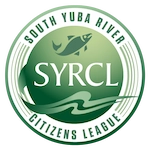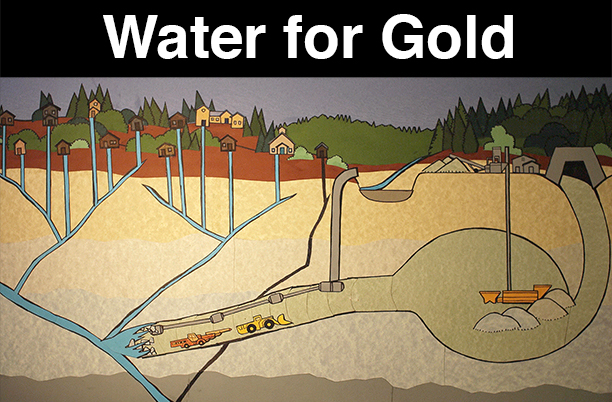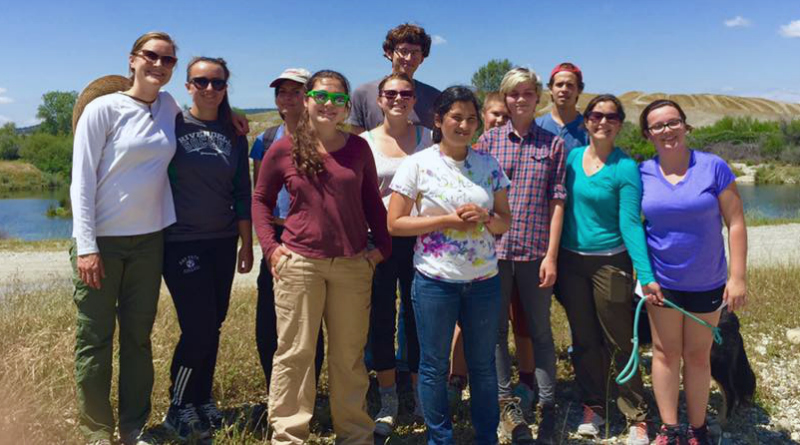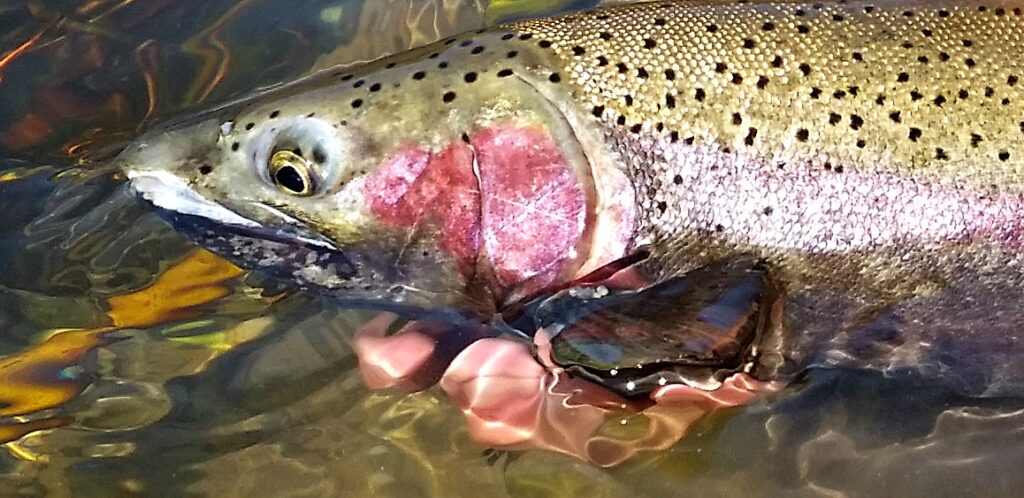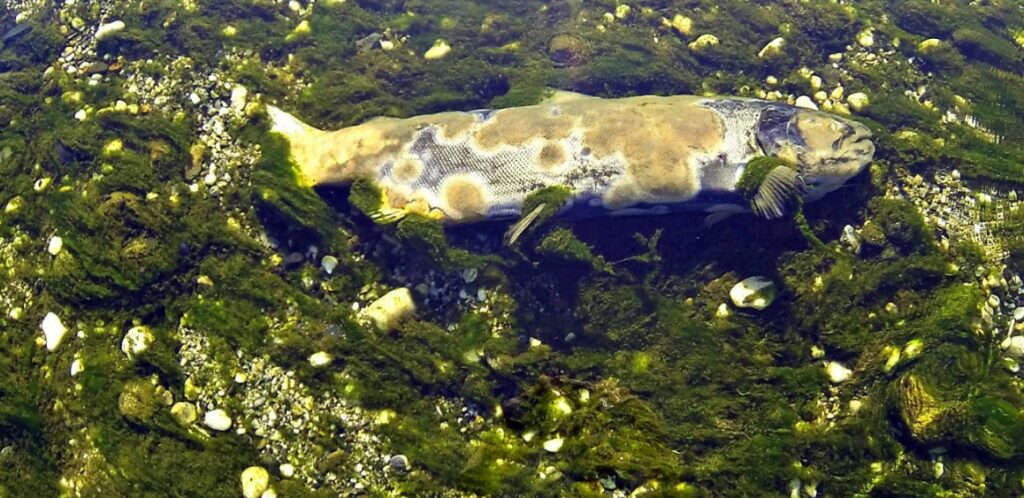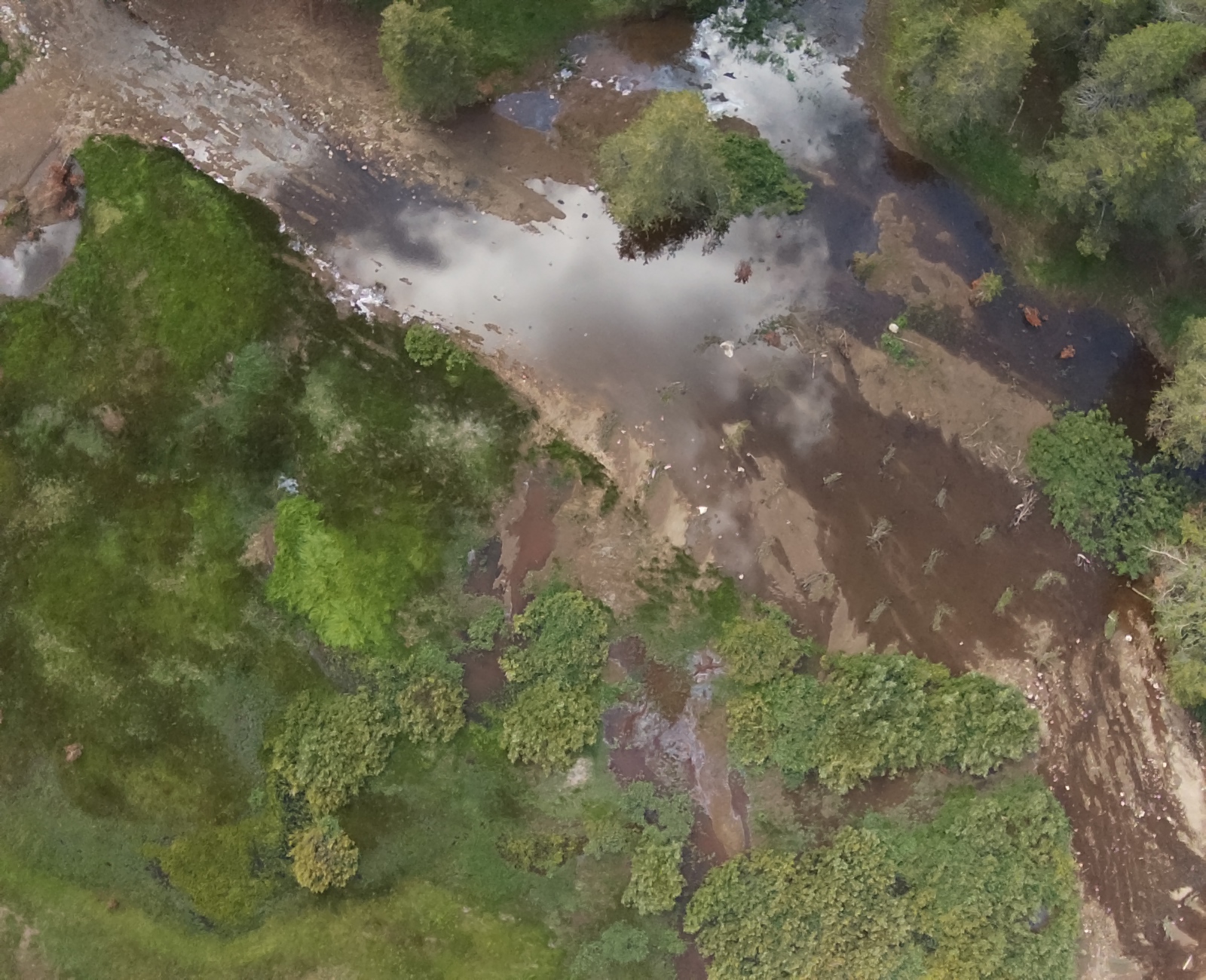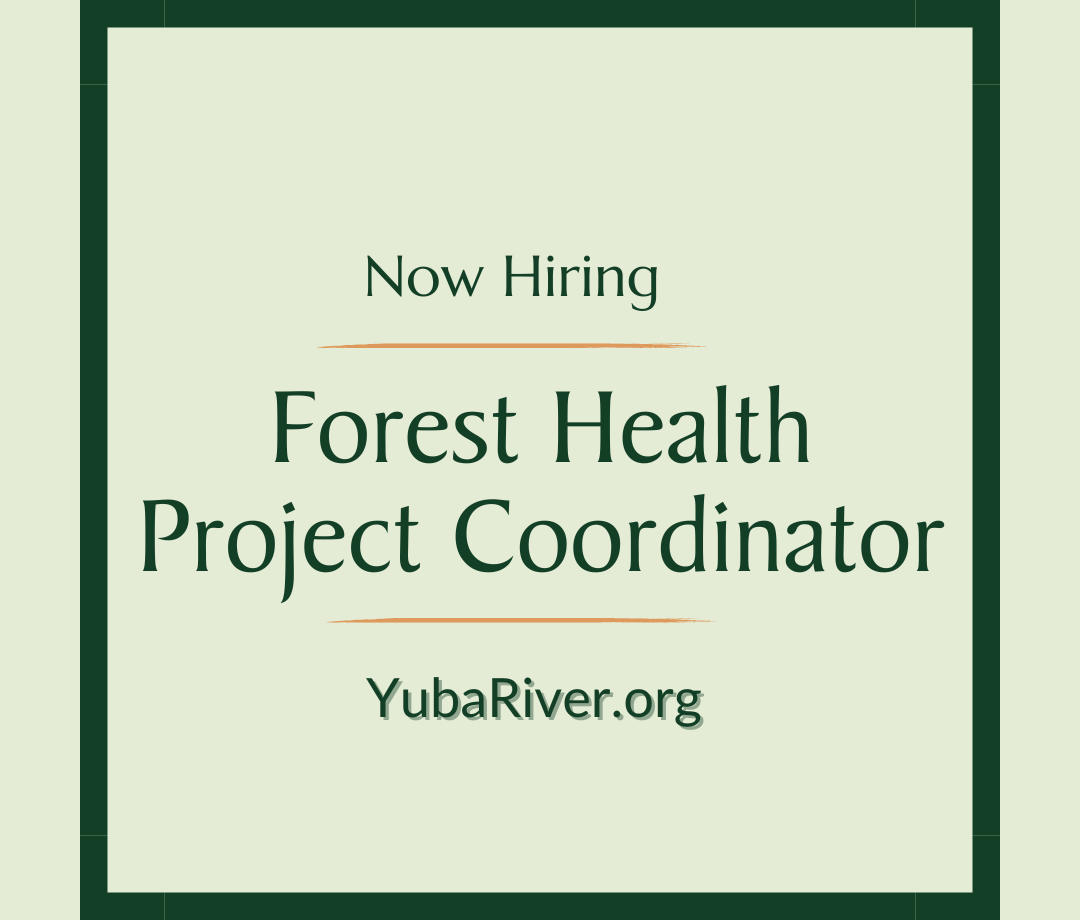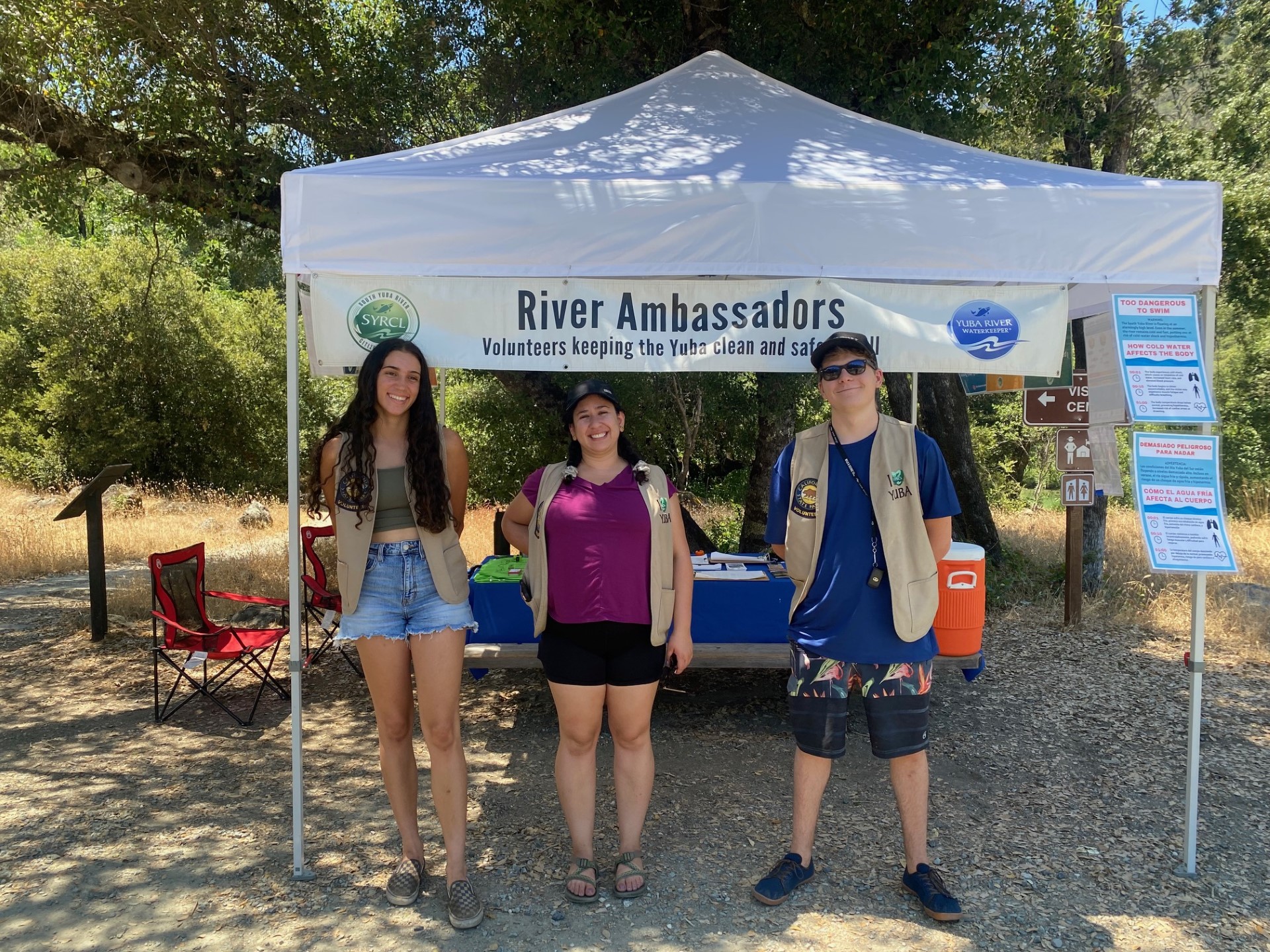Hammon Bar Restoration Project Update
The Lower Yuba River has been heavily altered by hydraulic mining debris, dredger mining, upstream dams and an altered flow regime. While riparian vegetation cover has been increasing on the lower Yuba River, over the last half century following the control of hydraulic mining sediments and dredging, floodplain succession has not progressed and the vegetation is largely homogenous and comprised mostly of shrubby willow species.
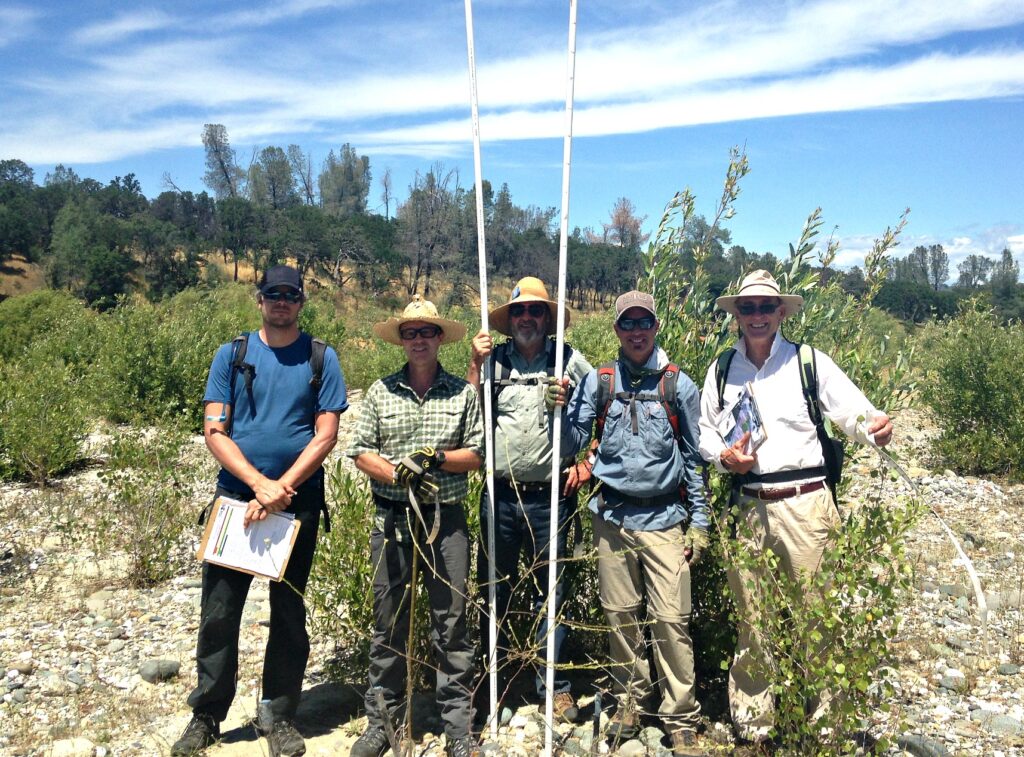
In 2011 and 2012, SYRCL piloted and successfully completed a restoration project in order to increase the availability of large woody riparian structure for enhanced fisheries habitat and evaluated planting methods for riparian enhancement on the Lower Yuba River. The species that were planted include Fremont cottonwoods (Populus fremontii), Red Willows (Salix laevigata), Gooddings Willows (Salix gooddingii), and Arroyo Willows (Salix lasiolepis), all of which were collected on-site. Trees were planted in either a pod formation, in smaller circular groups, or stinger formation, where just one cutting was placed into the ground. In order for the trees to reach the ground water, we needed to dig about three meters into the course gravel. Monitoring of the Hammon Bar project, funded by the U.S. Fish and Wildlife Service (USFWS) will continue until 2017 and includes monitoring fish habitat, survivorship, and riparian vegetation. These plantings provide increased riparian biodiversity and have caused increased deposition of fine sediment and the accumulation of organic material. We have seen an astounding 50 – 60% survival rate.
|
|
|
This year, a total of 15 volunteers and 51 high school students came out to Hammon Bar to help collect data. The John Woolman School and Nevada Union High School both came for field trips to learn about Lower Yuba restoration, the importance of revegetating this barren site for wildlife refuge, floodplain heterogeneity, and the history of hydraulic mining. All of our volunteers worked hard to collect this data. The process of monitoring these trees can be a tedious task – especially in the low-elevation heat! Volunteers worked in teams to identify, measure, and record survivorship and growth in the cottonwoods and willows. As one team member identifies the species and determines whether it is alive or dead, the other team members record the data and are ready to measure its height and the diameter.
In two weeks we completed the collection of data on over 360 pods of trees! With the help of our dedicated citizen scientists, we were able to collect a large amount of the necessary data, however there is still work to be done! If you are interested in volunteering with SYRCL’s Restoration Team at Hammon Bar and seeing this incredible project for yourself, contact Cordi Craig, Restoration Coordinator, at cordi@syrcl.org or 530.265.5961 ext. 216.
|
|
|
Did you enjoy this post?
Get new SYRCL articles delivered to your inbox by subscribing to our ENews.
